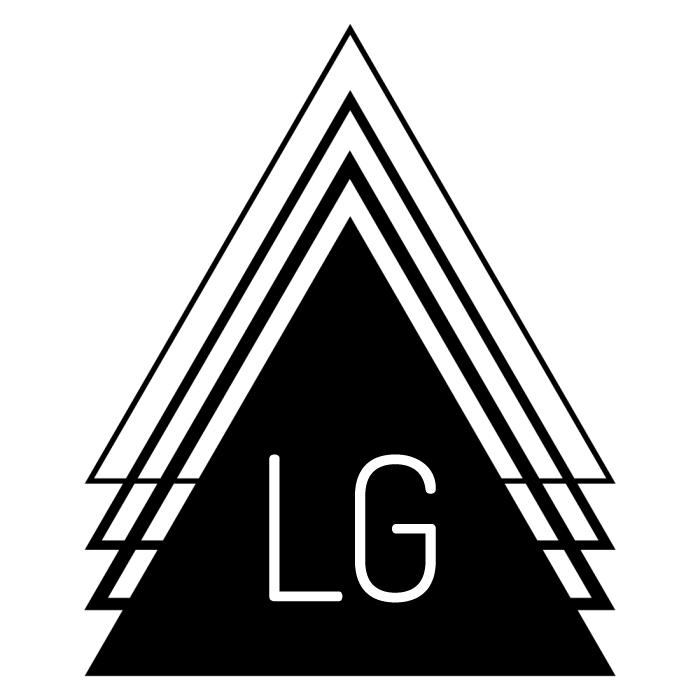Marketing Case Study: Bridging the Gap on Perceived Value
To understand effective marketing, we need to understand the mind of the consumer. Humans have countless self-preservation mechanisms at play at any given time to increase survival and conserve energy stores. A classic way to conserve energy is to stereotype. After all, how paralyzing would life be if you had to take the time to fully understand everything and everyone you came into contact with? Once you recognize that you and your brand have their own stereotype, you can pick the lowest hanging fruit of value creating marketing.
Marketing is education. The biggest margin for value creation, then, is the gap between your stereotype and the true value you bring. What better case study for this than Apple?
While Apple, the world’s first trillion-dollar valuation is a household name, it’s important to not look past the critical marketing element here. No, this isn’t a pep rally on the sleek, iconic Apple logo. Rather, Apple has demonstrated the notion of creating value away from the industry stereotype so well that they’ve changed the stereotype all together. In fact, most young people cannot remember the emotions and connotations surrounding personal computing and technology that originally differentiated Apple as an industry leader to begin with. Computing was like complicated rocket science. Apple is simple and easy. Based on the number of rocket scientists you know and the number of people who can manage “simple and easy,” you can see what this marketing effort made possible for Apple. It starts with a “T” and rhymes with “billion.”
Throughout the 1990s and early 2000s, Apple was a major player in the personal computer business. It’s important to recognize, however, that the landscape was much different then than it is now. Marketing, specifically away from the snap judgment stereotypes the center of the bell curve of consumers, is a value creating point of differentiation that Apple captured better than any. For example, massive industry leader-types like Compaq that sought to win via a never-ending technological arms race don’t even exist today. Monolith brands like Dell have evolved beyond recognition, but Apple has all but captured the personal computer flag and a case could be made that this was largely driven with marketing that educates the gap between their industry stereotype and their true value. Apple introduced a technologically ignorant market to computer processing they couldn’t have imagined possible, and they made it easy.
Apple did this so well that in the mind of the consumer the market was split into two categories: PCs (personal computers) and Macs (Apple products). Of course, PCs included all other brands. From a computing perspective, Apple didn’t own much competitive advantage. In fact, with the monopolization Microsoft had on Word processing and the Windows operating system, a case could be made that Apple had an industry disadvantage when it comes to benefits. Apple’s marketing position then, and to this day was to make the complex world of computing simple.
If you were a consumer of personal computing technology in the ‘Wild West’ of the information age, you likely felt incompetent, confused, and unfit for the rapid pace of development. User interfaces were ubiquitous like they were today and center-of-the-bell curve consumers were faced with MS-DAS prompts, html, CD-ROM drives, and wielding a mouse for the first time.
Apple took hold of a market by making ease and intuition the norm in computing. One by one they won customers over who viewed personal computing as clunky and complicated with products that might have been complex under the hood, but were elegant and simple to operate. This marketing effort was (and still is) manifested with crisp, clear imaging and a user experience that backs it up. When you realize that the fact that young children can teach themselves to use an iPhone with almost no training is the reason why Apple won the market rather than their technical prowess is the moment you’ll understand value-creating marketing.

